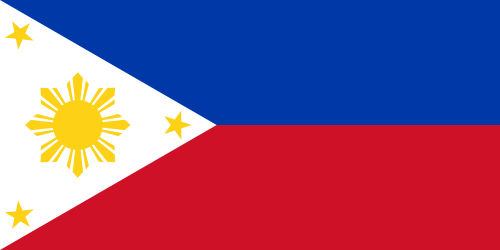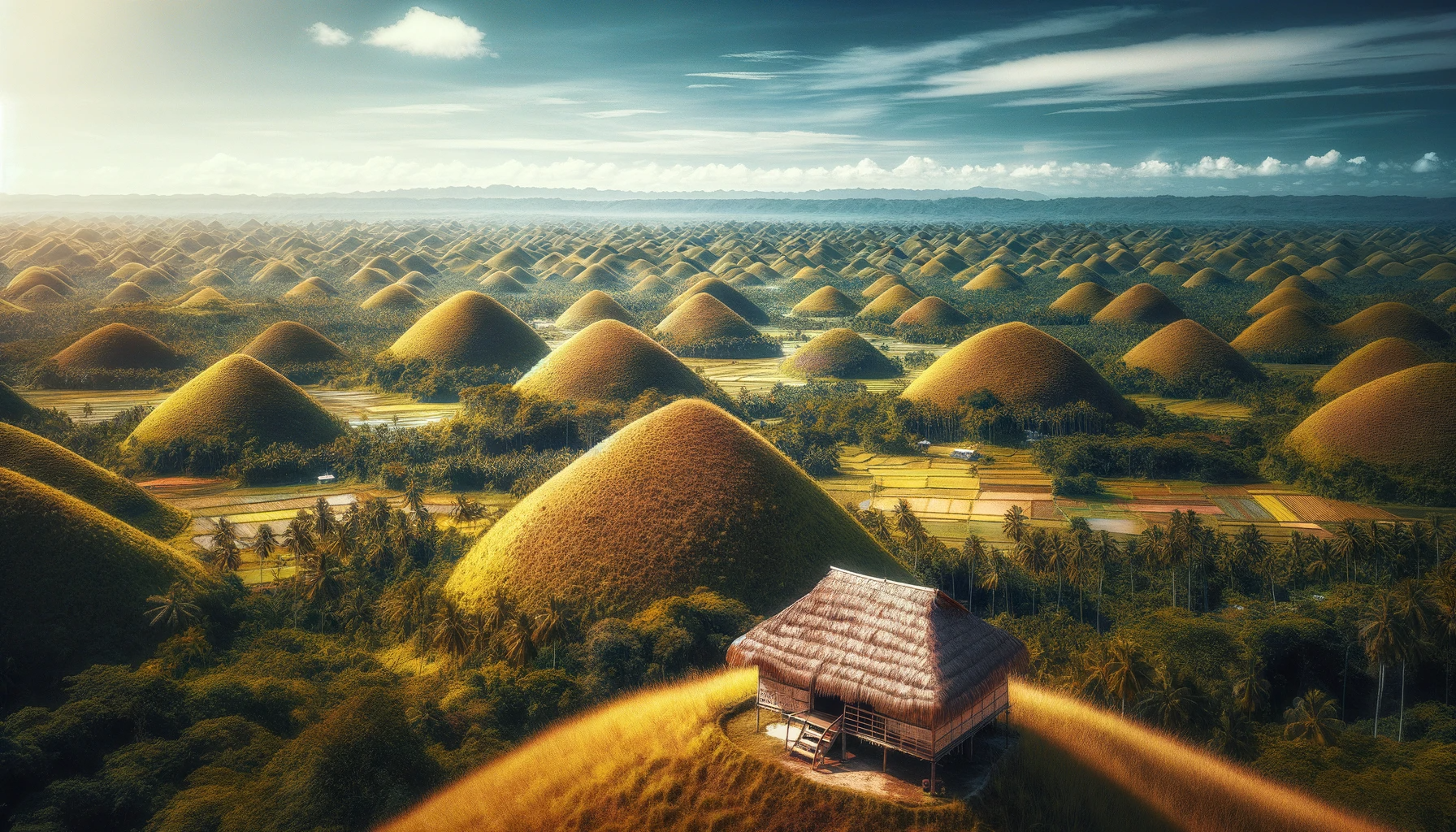The Philippines is a nation with a rich historical background, diverse cultural heritage, and natural beauty. It faces various development challenges but remains a dynamic and resilient country with significant potential in Southeast Asia.
List of Public Holidays and National Holidays for the Philippines in the year 2024
- New Year’s Day: Monday, 1 January 2024
- Chinese New Year: Saturday, 10 February 2024
- Maundy Thursday: Thursday, 28 March 2024
- Good Friday: Friday, 29 March 2024
- Black Saturday: Saturday, 30 March 2024
- Day of Valor: Tuesday, 9 April 2024
- Eidul Fitr: Wednesday, 10 April 2024
- Labor Day: Wednesday, 1 May 2024
- Independence Day: Wednesday, 12 June 2024
- Eidul Adha: Sunday, 16 June 2024
- Ninoy Aquino Day: Wednesday, 21 August 2024
- National Heroes Day: Monday, 26 August 2024
- All Saints’ Day: Friday, 1 November 2024
- All Souls’ Day: Saturday, 2 November 2024
- Bonifacio Day: Saturday, 30 November 2024
- Immaculate Conception: Sunday, 8 December 2024
- Christmas Holiday: Tuesday, 24 December 2024
- Christmas Day: Wednesday, 25 December 2024
- Rizal Day: Monday, 30 December 2024
- New Year’s Eve: Tuesday, 31 December 2024
Source: http://www.gov.ph/

History
- Early History: Inhabited for thousands of years, with evidence of trading relations with China and other neighboring regions.
- Spanish Colonization: Colonized by Spain in the 16th century, the Philippines became a hub for trade between Asia and the Americas.
- American Era and World War II: Ceded to the United States after the Spanish-American War in 1898. Faced Japanese occupation during World War II.
- Independence: Gained independence in 1946, becoming the Republic of the Philippines.
Geography
- Archipelagic Nation: Comprising over 7,600 islands, the Philippines is located in Southeast Asia, bordered by the Philippine Sea, South China Sea, and Celebes Sea.
- Varied Landscapes: Features diverse landscapes including mountainous terrains, dense forests, plains, and coastal areas. Home to numerous active volcanoes and rich biodiversity.
- Climate: Generally tropical and maritime, with a rainy season from June to November and a dry season from December to May.
Culture
- Ethnic and Cultural Diversity: A melting pot of indigenous, Asian, Hispanic, and American influences. The country has over 170 languages and dialects.
- Arts and Festivals: Rich in arts, including traditional dances like Tinikling. Known for colorful festivals such as Sinulog and Ati-Atihan.
- Cuisine: Filipino cuisine is a blend of diverse flavors, featuring dishes like adobo, lechon, and sinigang. Spanish and Asian influences are evident.
Economy
- Agriculture and Services: Historically agrarian, with key exports including coconut, rice, and sugarcane. The service sector, particularly tourism and business process outsourcing (BPO), plays a significant role.
- Industrial Development: Industries include electronics, garments, and automotive parts. The country is also rich in mineral resources.
- Challenges: Economic challenges include income inequality, poverty, and vulnerability to natural disasters.
Society
- Population: One of the most populous countries in Asia, with a diverse mix of ethnic and religious groups. Predominantly Christian, with a significant Muslim minority in the south.
- Languages: Filipino (based on Tagalog) and English are the official languages. Regional languages like Cebuano and Ilocano are also widely spoken.
- Education and Healthcare: The government emphasizes education and healthcare, though access and quality vary across regions.
Environmental Issues
- Natural Disasters: Prone to natural disasters like typhoons, earthquakes, and volcanic eruptions, impacting development and livelihoods.
- Biodiversity Conservation: Rich in biodiversity, with efforts to conserve its unique ecosystems and endemic species.
Government and Politics
- Political Structure: A democratic republic with a presidential system. The country has a history of political dynasties and prominent political figures.
- Regional and International Role: Active in ASEAN (Association of Southeast Asian Nations) and international diplomacy, with a focus on regional stability and development.
Tourism
- Tourist Destinations: Known for beautiful beaches, islands, and historical sites. Popular destinations include Boracay, Palawan, and the Banaue Rice Terraces.
- Cultural Heritage: Rich cultural heritage with Spanish-era churches, indigenous traditions, and historic landmarks.

